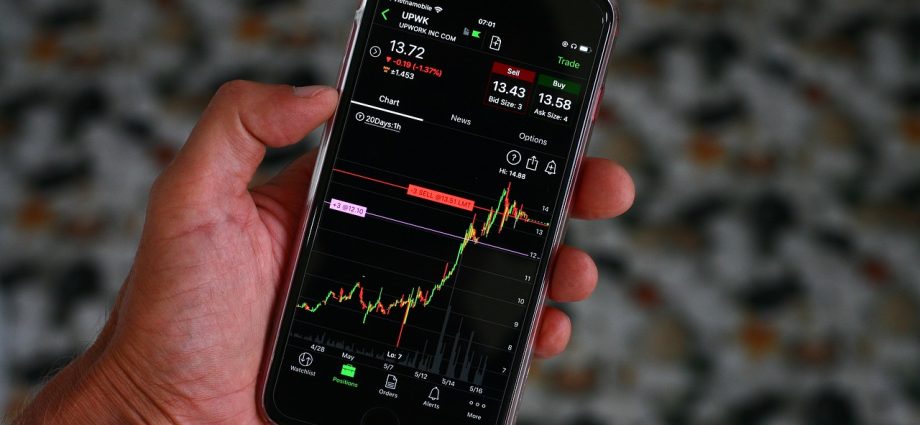When used to trade the market directionally, options offer excellent position management and risk control possibilities. This is more than just the fact that a long position in a call or put option has an absolute maximum risk equal to the option’s cost (plus commissions, of course). That is a pretty valuable thing in and of itself. This article, on the other hand, addresses several useful minor things one may do while holding an option position to maximize the return while keeping the risk properly restricted.
Roll Up and Down
Most traders are familiar with the notion of a trailing stop, which involves moving one’s protective exit as the market swings in the trade’s favor. This is done to secure earnings. When trading options rather than the underlying, the same thing can be performed. This is accomplished by rolling up or down strike prices depending on whether the trade is long using calls or short using put options.
Here’s an example:
We establish a long position in a hypothetical stock X when the stock is trading around 21.50, using March 22.50 call options. They are bought for $0.80. Let’s assume that over the next few weeks the market surges, eventually bringing our stock beyond $24. At that point, a roll-up is carried out by selling the 22.50 calls for $2.60 and buying the 25 calls for $1.40. This activity provides two functions. The first is that it removes $1.20 from the equation, decreasing portfolio exposure and freeing up funds for other purposes. It also earns a $0.40 profit ($2.60 sales price minus $0.80 purchase price for the 22.50 calls minus $1.40 purchase price for the new 25 calls). At the same time, it did not affect the trade’s remaining upward potential. The two strikes would most likely earn roughly equally from any subsequent increase in the price of stock X shares.
If the portfolio exposure were deemed acceptable at $2.60, an alternative strategy would have been to sell the 22.50 calls without taking any money out and instead roll it all into the 25 calls. Selling the 22.50s, for example, would net $2600 if the position comprised ten options. That money might have bought 18 of the 25 calls ($2600/$140 = 18.57). By doing so, one significantly boosts the trade’s upside potential. Of course, the entire position is at risk, which means that the $2600 invested could be lost, which is more than could have been lost when the trade was first begun.
Roll Forward
One disadvantage of options is the short time frame for holding trades. This can be a significant barrier for intermediate to long-term traders. However, in a way similar to the roll-up/down, if one wants to extend the holding time of a position, the expiration month can be rolled forward.
Continuing with our stock X example, we can roll forward. That would be accomplished by switching from the March to the June contract. The March 25s are currently trading at $2.40, while the June 25s are trading at $3.60. But here’s the catch. Because of the longer time to expiration, the June contract is much more expensive. As a result, a roll forward is frequently best achieved with a roll-up/down.
Consider the earlier stock X roll-up from 22.50 to 25 calls. We could skip to the June 25 call if we were still in the former and wanted to roll forward and up. The 22.50 option is currently priced at $4.10. With June 25 at $3.60, we could complete both the roll-up and the roll-forward while saving $0.50. That’s not nearly as much as we got with the roll-up, but it does lengthen our stay in the position by three months. The value of the trade-off is determined by the expected holding duration for the trade.
The rolling of strike prices and expiration is a simple process. Individual traders’ transaction costs for options trading have decreased significantly in recent years. This provides a plethora of opportunities for playing the market directionally and efficiently managing positions.

